-
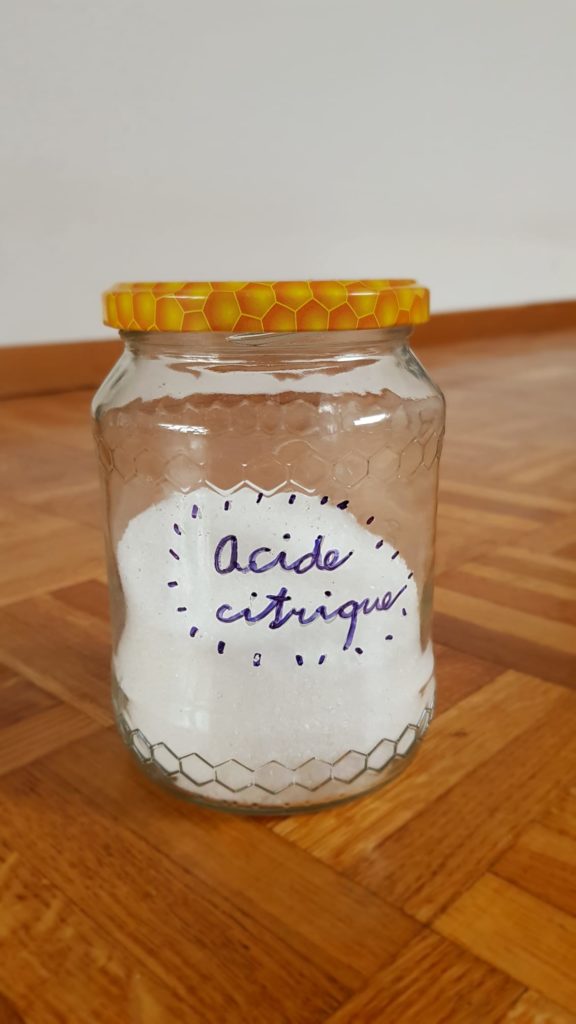
DIY for toilet cleaner
Our toilet cleaner will help you clean the toilet ?
-

DIY – How to make candles with leftover wax
Candles tend not to burn all the way to the end and often end up with wax residue…
-
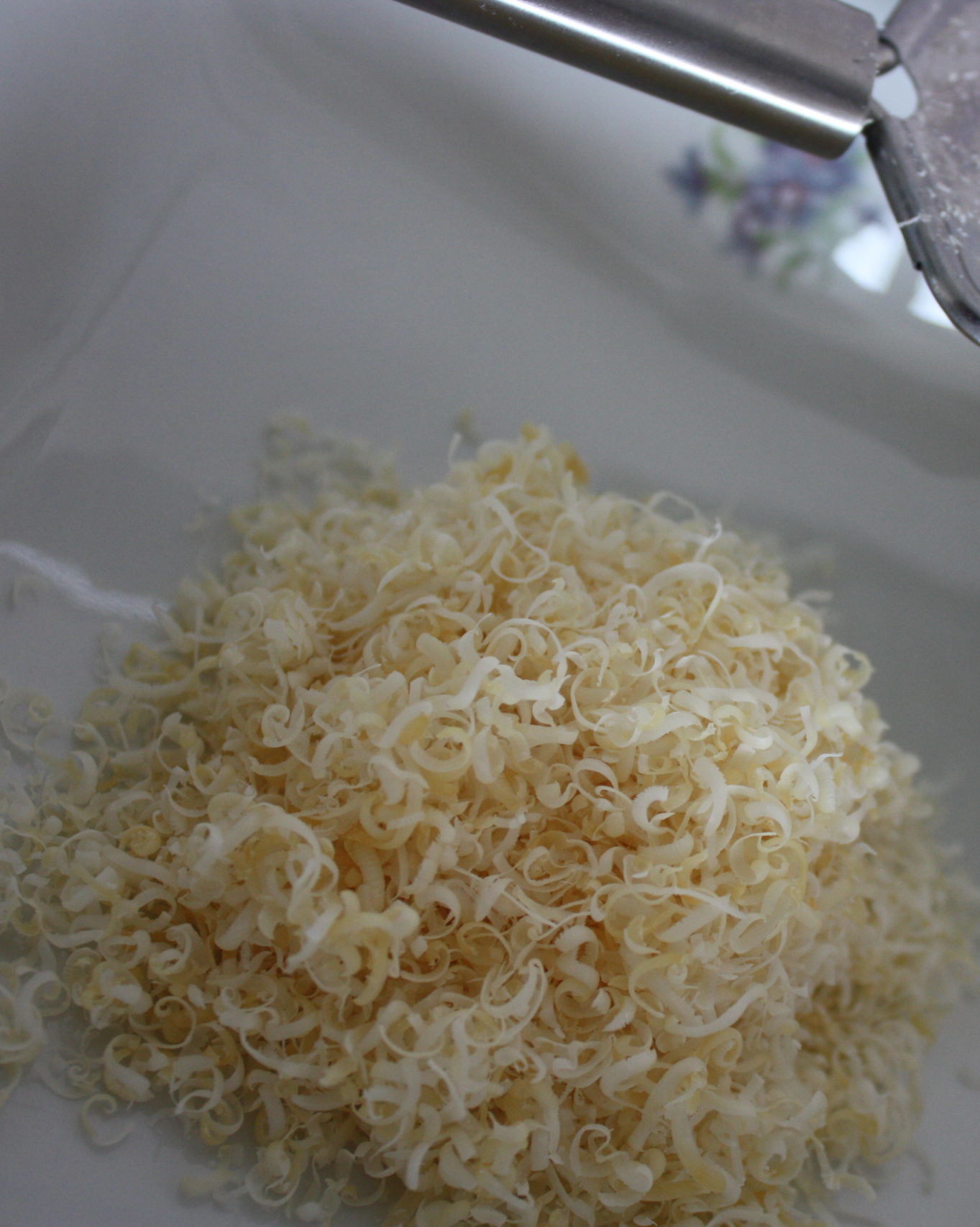
DIY for Washing Powder
Making your own laundry has many advantages ?
-

DIY for Liquid Laundry Detergent
Making your own laundry has many advantages: it’s very easy, economical, and ecological! Whether you are a beginner…
-
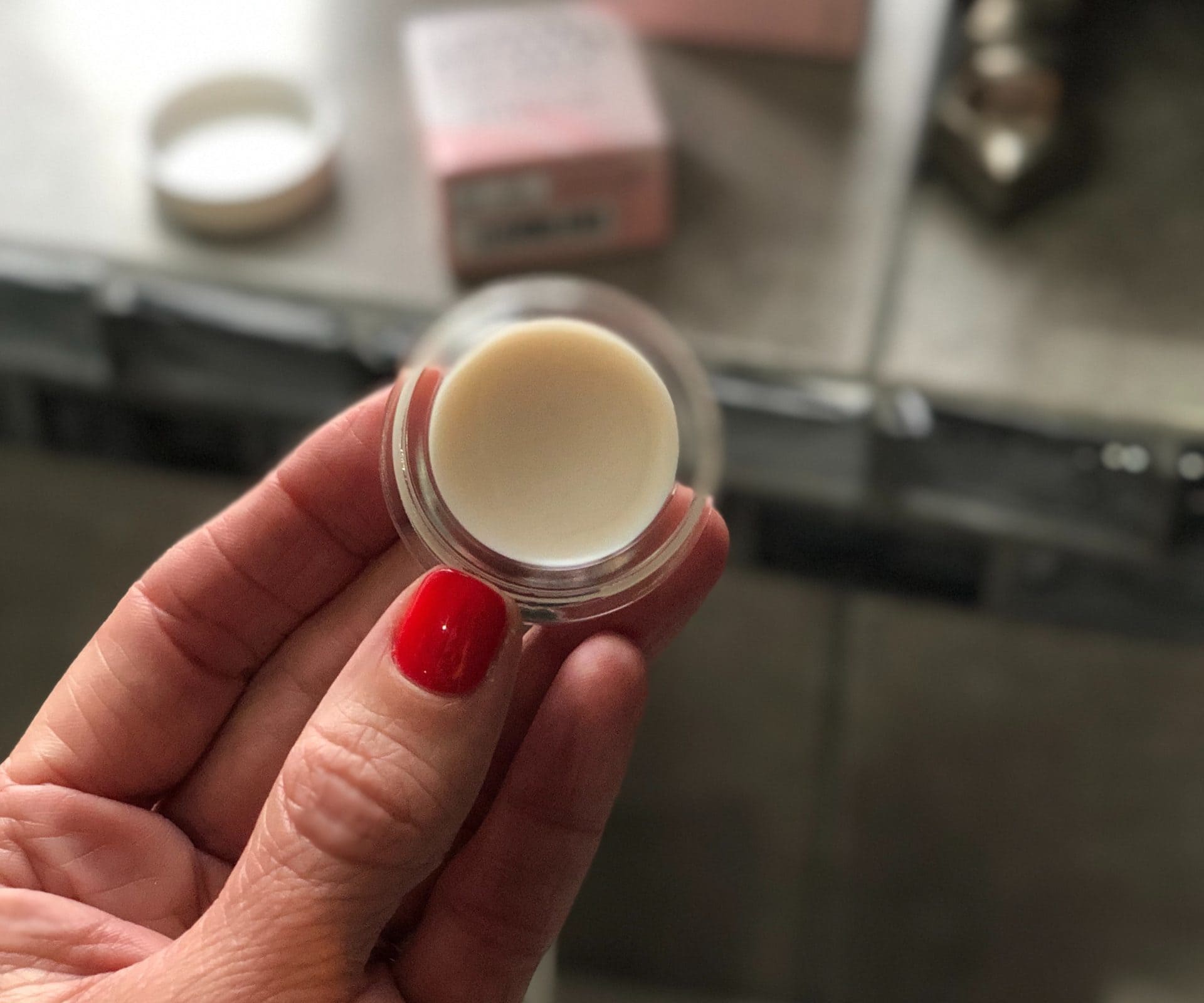
DIY for homemade Lip Balm
Making your own lip balm is actually easier than it seems! Just buy a few ingredients and trust…
-

DIY for clay-based toothpaste
Do you want to have a shiny smile? Check out this zero waste recipe! ?
-

DIY for Dry Shampoo
Dry shampoo from 3 ingredients, which can be found without problems in bulk shops. Quick, easy and no…
-
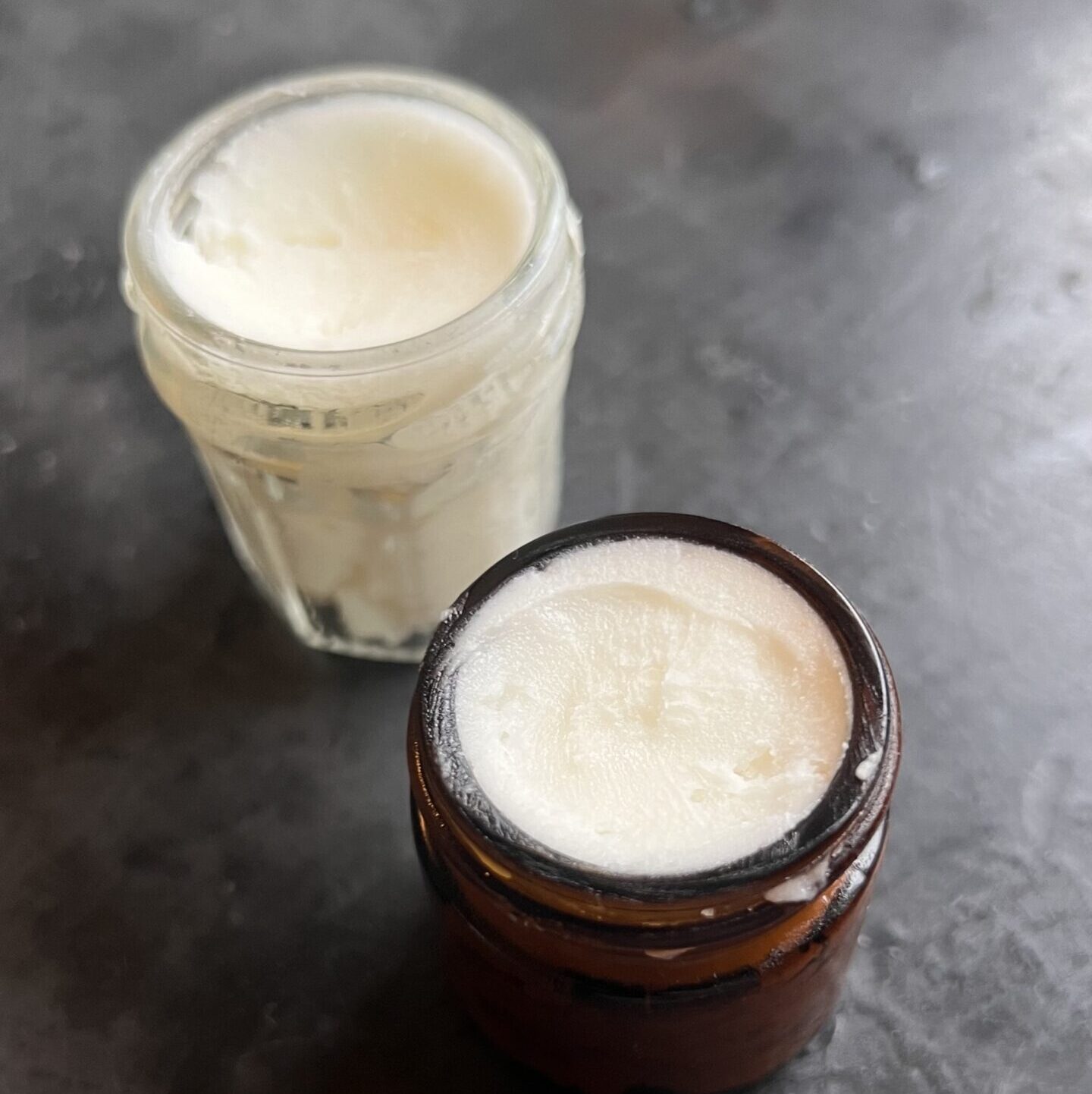
DIY for Deodorant
Here is a deodorant recipe from the Zero Waste Community. It is quick to prepare, economical and ecological! What…
-
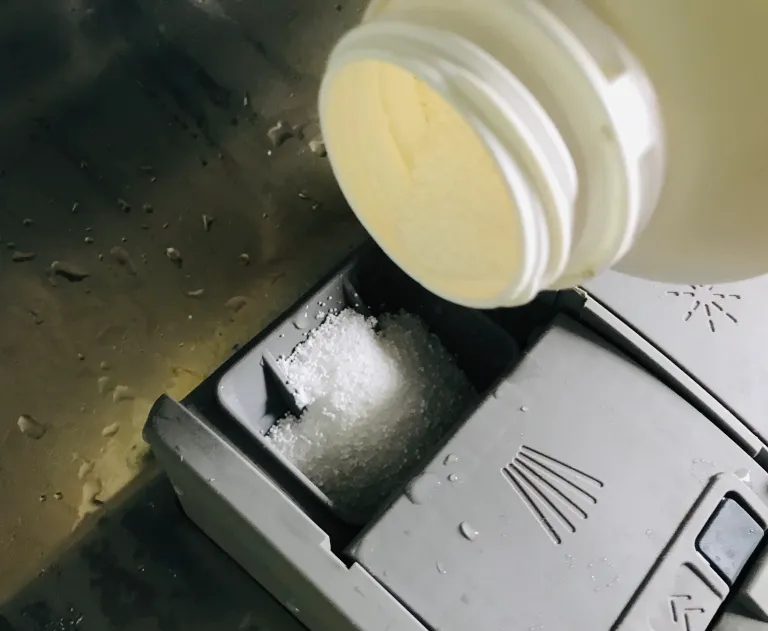
DIY for Dishwasher powder
“Do it yourself” is great, because responsible consumption also means learning to do it yourself and reducing packaging.And…
-

DIY for Liquid Soap
Making your own liquid ?soap is easy, economical and environmentally friendly.